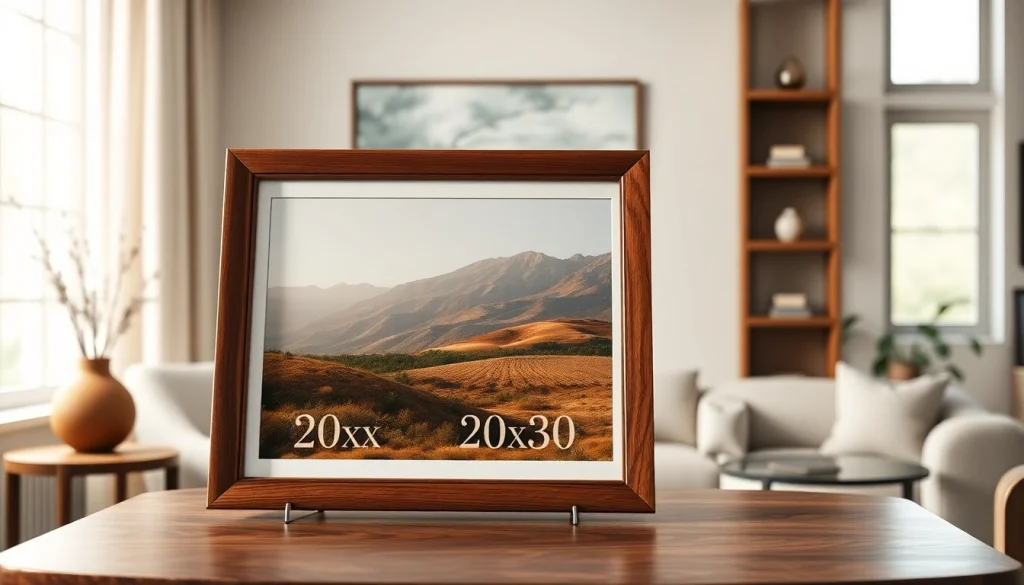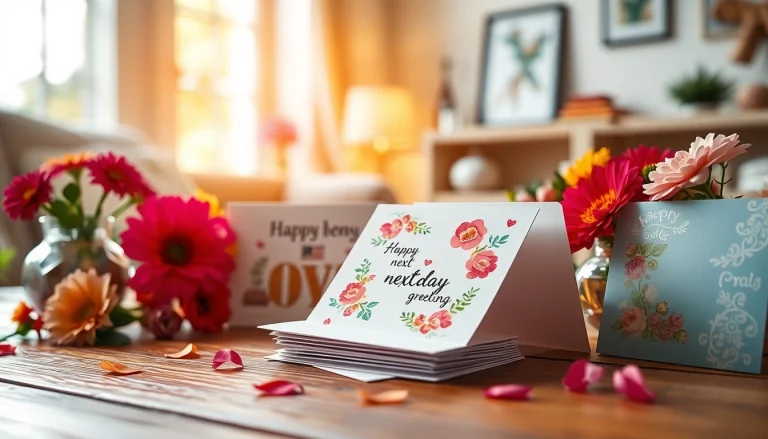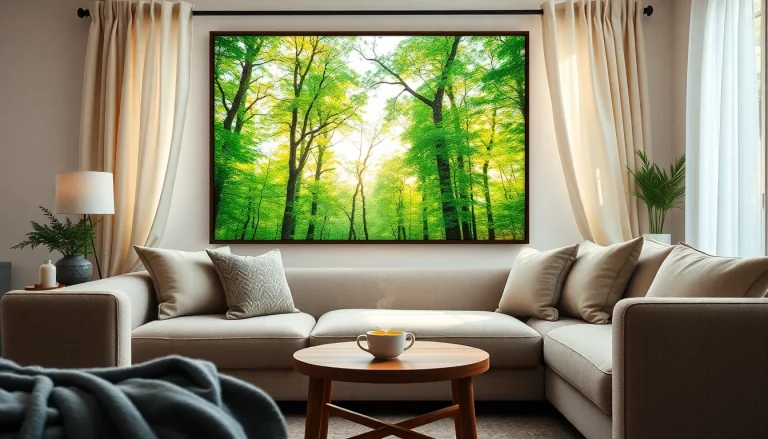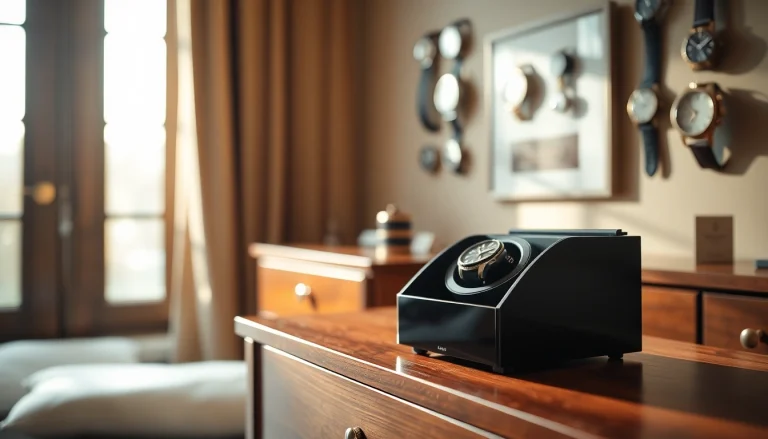
When it comes to showcasing your favorite artwork or cherished photographs, the 20×30 frame stands out as a versatile choice. This frame size not only accommodates a wide variety of images but also enhances the decor of any space. Understanding the multifaceted benefits of a 20×30 frame, from its dimensions to its aesthetic impact, can assist you in making informed decisions for your home or office decor.
Understanding the Benefits of a 20×30 Frame
Why Size Matters: The Impact of Frame Dimensions
The dimension of a frame significantly influences how artwork is perceived. A 20×30 frame is large enough to demand attention yet not overwhelming. This size works well for photographs and art prints, providing ample space for detail without losing the viewer’s engagement. In small spaces, a 20×30 frame can create a focal point, drawing the eye and creating a sense of depth. In contrast, larger frames can sometimes overpower the surrounding decor, leading to visual chaos.
Durability and Quality: Choosing the Right Materials
When selecting a 20×30 frame, material choice is critical. Wood frames exude warmth and a classic aesthetic, while metal frames offer a modern twist with increased durability. Acrylic versus glass glazing also affects the longevity of your artwork. Acrylic is lighter and shatter-resistant, making it a practical option for homes with children or pets, whereas glass provides superior clarity but can be more susceptible to damage. Choosing high-quality materials not only protects the artwork but also ensures the frame lasts for years.
Enhancing Your Decor: Aesthetic Benefits of a Larger Frame
A 20×30 frame can enhance the visual appeal of a room. Larger frames often serve as statement pieces that anchor a wall’s design. The frame’s finish and style can either complement or contrast with its surroundings, creating a dynamic visual experience. For instance, a sleek black frame can provide a modern look, while an ornate gold frame may evoke a sense of traditional elegance. Mixing textures and styles can create a unique aesthetic that reflects your personal taste.
Choosing the Right Style for Your 20×30 Frame
Modern vs. Classic: Finding Your Home’s Design Language
Understanding whether your home design leans more towards modern or classic will guide your choice of a 20×30 frame. Modern styles often favor minimalistic designs with clean lines and muted colors. Meanwhile, classic designs may include ornate details, rich hues, and intricate moldings. Assessing your existing decor helps narrow down frame options that harmonize with the overall atmosphere of your space, ensuring that the frame complements rather than clashes with the decor.
Color Choices: How to Match with Your Existing Decor
Color is a powerful design element that influences mood and perception. When selecting a 20×30 frame, consider the color palette of the room it will inhabit. A neutral frame, such as white or black, can seamlessly integrate with various decor styles, serving as a versatile backdrop for different artworks. Conversely, a bold colored frame can act as a conversation starter, provided it harmonizes with other design elements. Always remember that the frame should enhance your art, drawing attention to the piece rather than detracting from it.
Personalized Touch: Customizing Your 20×30 Frame
Customization options allow you to imbue your 20×30 frame with personal significance. Whether through unique matting, personalized engravings, or distinctive color finishes, customized frames can reflect your personality and style. Consider collaborating with local artisans or online services to explore options tailored to your vision. This personal touch not only enhances the aesthetics but also transforms the frame into a treasured item that holds special meaning in your life.
How to Properly Hang a 20×30 Frame
Tools and Equipment Needed for Perfect Alignment
Hanging a 20×30 frame correctly requires some essential tools. A level is crucial for ensuring the frame hangs straight, while measuring tape helps determine the optimal height and width for display. Wall anchors, screws, and appropriate hooks are necessary, especially when hanging heavier frames. Additionally, a pencil can mark the desired placement without damaging your wall. Having these tools at hand simplifies the hanging process, leading to a polished finish.
Placement Strategies for Maximum Impact
Placement plays a vital role in how art is perceived within a room. A 20×30 frame should ideally be hung at eye level, with the center of the frame approximately 57-60 inches from the floor. Consider the surrounding decor and furniture when selecting a spot; frames look their best when they are anchored by nearby pieces, such as furniture or other art. When creating gallery walls, mix sizes and orientations for visual interest while maintaining coherence to a central theme.
Common Mistakes to Avoid When Hanging Your Frame
Common pitfalls in hanging frames can lead to less effective displays. One frequent mistake is hanging a frame too high or too low, disrupting the viewer’s line of sight. Additionally, not using enough support for heavier frames can lead to accidents. To avoid these issues, engage in thorough measuring and planning before installing, ensuring the frame is well-anchored and aligned with other elements in the room.
Incorporating a 20×30 Frame into Various Spaces
Living Room Elegance: Creating a Focal Point
The living room serves as a primary relaxation space where art can take center stage. Using a 20×30 frame can create a stunning focal point over a sofa or mantelpiece. To maximize impact, surround the frame with contrasting decor, such as lighter paint on the walls or complementary side tables. A well-positioned frame draws guests’ attention and creates an inviting atmosphere that captures the essence of your style.
Home Office Inspiration: Motivational Wall Art
In a home office, a 20×30 frame can house motivational art or inspirational quotes that encourage productivity. Art that reflects your values or aspirations serves as a constant reminder of your goals. Placing it directly in your line of sight, perhaps above your workspace, can provide daily motivation. Consider changing the artwork periodically to refresh your inspiration and keep your workspace engaging.
Gallery Walls: How to Mix and Match Frame Sizes
Gallery walls are an excellent way to display multiple artworks, and a 20×30 frame can play a versatile role in such arrangements. Incorporate this frame size with smaller and larger frames for a balanced composition. Mixing orientations can also create dynamic visual interest, while ensuring that the pieces share a color palette or theme can maintain coherence. Planning the arrangement on the floor before hanging can help visualize the final layout, ensuring a harmonious display.
Caring for Your 20×30 Frame: Maintenance Tips
Cleaning Your Frame: Best Practices for Longevity
Keeping your 20×30 frame clean is crucial for preserving its beauty and longevity. Use a soft, lint-free cloth to remove dust and fingerprints from the frame without scratching the surface. For frames with glass, a gentle glass cleaner can be used, but ensure it does not touch the artwork. Regular maintenance not only enhances appearance but also prolongs the life of your frame and the artwork it protects.
Protecting Your Artwork: UV and Moisture Considerations
Protection against UV light and moisture is essential for maintaining artwork within a frame. Newer technologies in UV-filtering glass or acrylic can protect art from fading over time. Additionally, placing framed art away from direct sunlight will minimize light damage. In humid spaces, consider dehumidifiers or silica gel packets to prevent moisture buildup, which can warp both the frame and the artwork.
When to Replace: Signs Your Frame Needs an Upgrade
Despite careful maintenance, there comes a time when a frame may need replacement. Signs to look for include visible damage or wear that detracts from your artwork’s appeal, such as cracks in the frame or scratches on the glass. If the frame has started to warp or lose its structural integrity, it’s time for an upgrade. Investing in a replacement not only refreshes your art display but can also enhance the overall aesthetic of the space.






